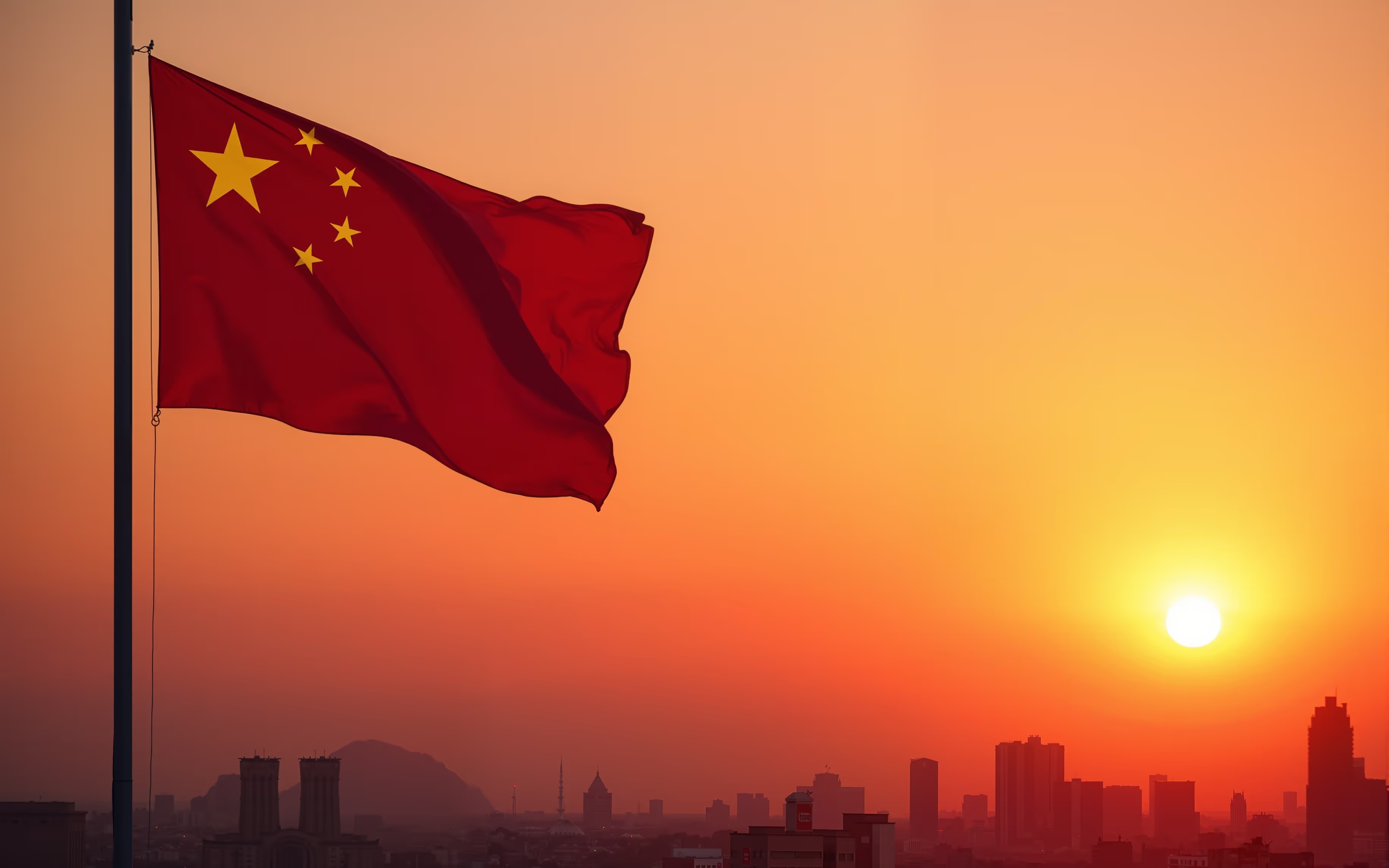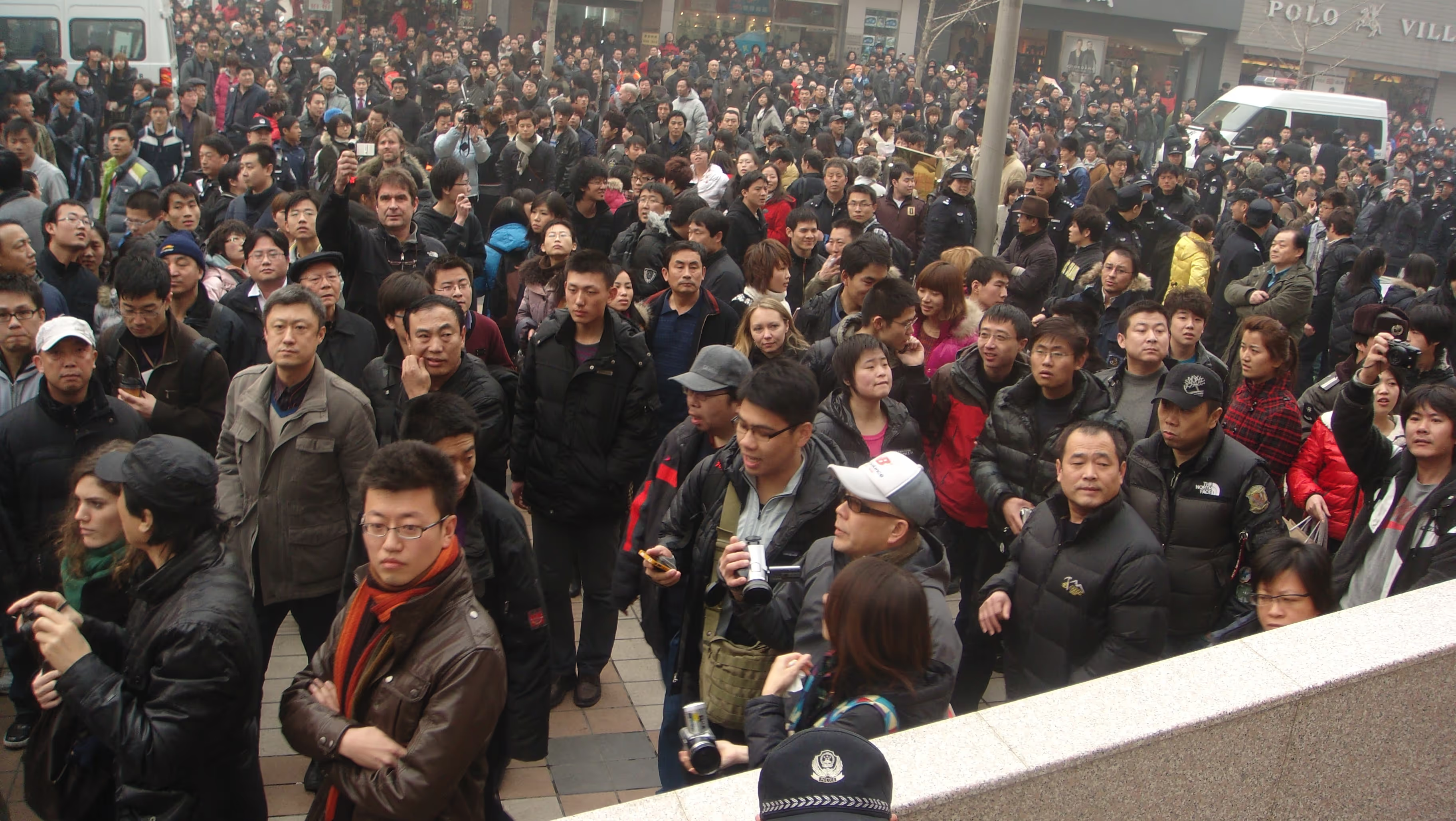A brief history
Taiwan was inhabited by indigenous tribes for around 15,000 years before foreign and regional powers began colonising the island. The Dutch established a colony in southern Taiwan in 1624, while the Spanish briefly controlled the north from 1626 to 1642. In 1662, Ming loyalist Koxinga expelled the Dutch and set up a short-lived regime, marking the first imperial outpost established from mainland China.
The Qing Dynasty annexed Taiwan in 1683, gradually integrating it into Fujian Province and later making it a separate province in 1887 after a French attempt at annexation. After the First Sino-Japanese War, the Qing ceded Taiwan to Japan under the 1895 Treaty of Shimonoseki. Japan ruled Taiwan as a colony until the end of World War II in 1945.
Following Japan’s defeat, the Allies placed Taiwan under the administrative control of the ROC. In 1947, a Taiwanese uprising against the ROC was crushed by the ruling Kuomintang (KMT) forces. In 1949, as the Chinese Civil War concluded, the Kuomintang retreated to Taiwan after losing mainland China to the communists, establishing it as the ROC’s new base. Meanwhile, the CCP founded the PRC in Beijing, claiming to be the sole legitimate government of all China, including Taiwan.
That timeline highlights the weaknesses in the CCP’s claim. The party has never governed Taiwan, and between 1928 and 1943 CCP leaders even recognised the Taiwanese as a distinct ‘nation’ or ‘nationality’. The historical argument for unification is therefore less consistent and principled than Beijing presents it.





